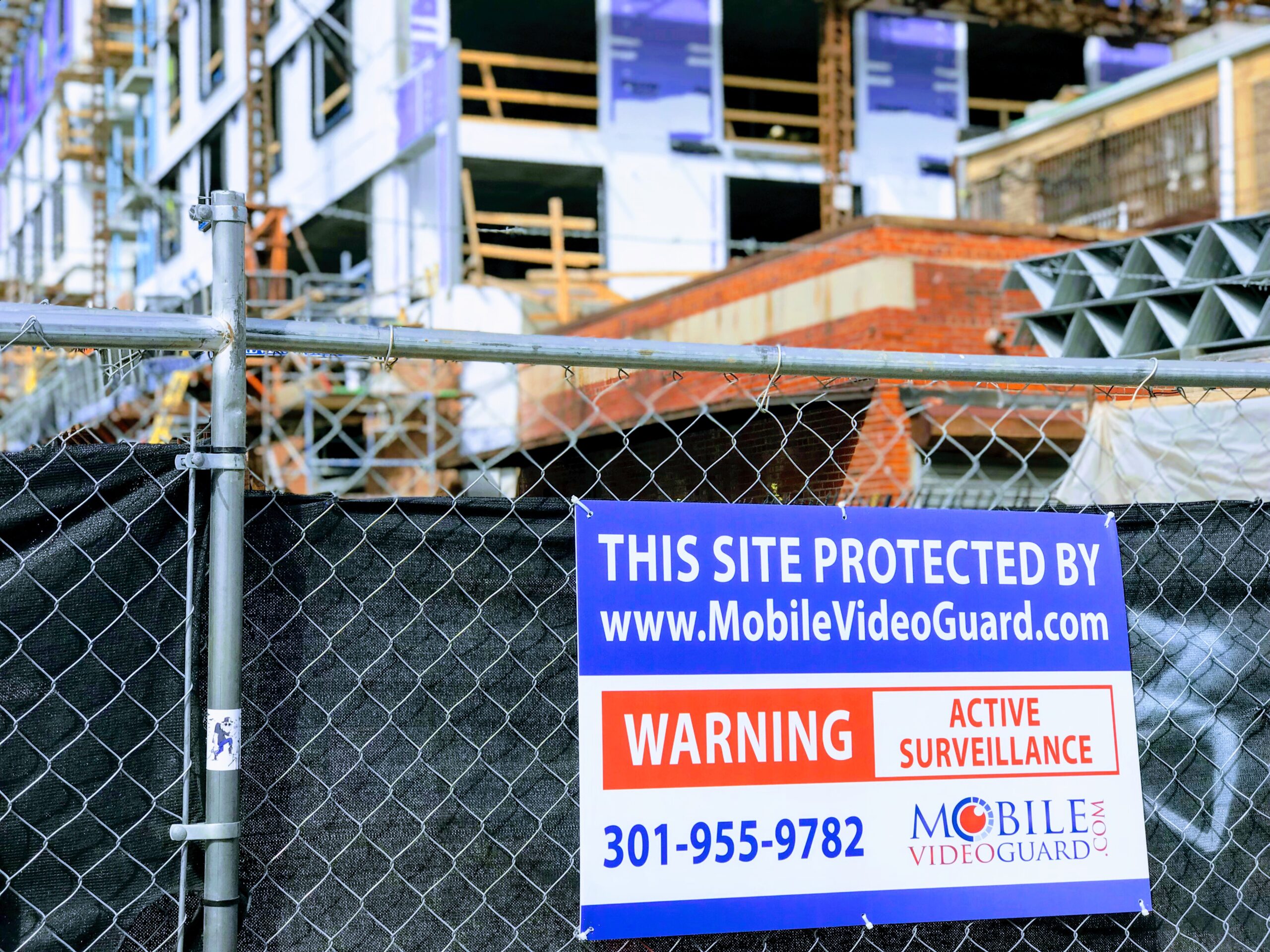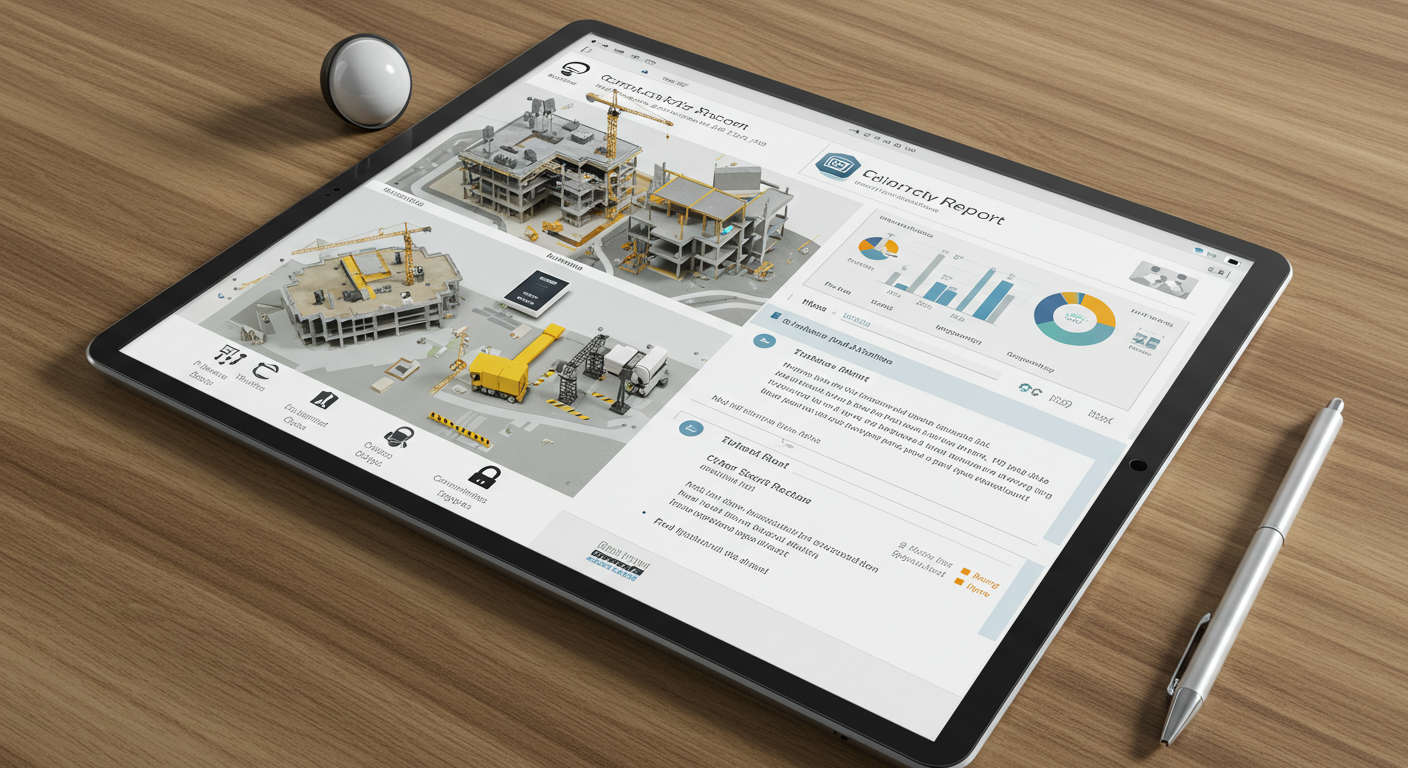Learn how this valuable technology can help identify suspicious people and prosecute criminals

Criminals will climb, jump, and sneak onto your worksite whenever they see an opportunity. They might also drive there to scope out a site before trying to break into it. Vehicles give them something to pack full of smaller stolen items or a couple of big ones. Thieves, trespassers, and vandals mistakenly think they can safely leave their car or van nearby while they go about their activities.
This is where a well-prepared worksite can catch them in the act. Using technology called Automated License Plate Recognition (ALPR), tag recognition cameras do exactly what both names suggest by marking suspicious vehicles for immediate investigation or later review. Here’s how they boost site security.
The basics of tag recognition
A properly deployed tag recognition camera can keep an accurate record of every vehicle coming and going from a site or lingering around the perimeter, such as in a parking lot. This is a relatively easy task because most worksites have clearly assigned entrance, exit, and parking areas where cameras can monitor vehicles.
Providing clear footage can get a little more challenging for traditional video surveillance cameras when environmental and on-site conditions aren’t clear. Low light levels, bad weather, or vehicles parked at less-than-optimal angles for license plate recognition can all pose problems. This is why every workplace should consider camera types carefully if they operate in extreme environments.
License plate recognition cameras like the models provided by Mobile Video Guard are equipped with special filter lenses designed to compensate for those first two environmental hurdles. They can also block out the glare of headlights that can make capturing front or rear plates tricky. Many tag cams on the market are equally capable of capturing clear license plate images from moving or stationary vehicles.
Footage provided by license plate detection cameras can make or break a legal case if your worksite has been hit by crime and needs reliable evidence for a prosecution. This makes it important to consult with surveillance experts to make sure you’re choosing the right model.
The main types of tag cams
License Plate Recognition (LPR) and License Plate Capture (LPC) are the two primary kinds of tag cam. LPR is the more advanced technology of the two because it uses optical character recognition to read the letters and numbers on license plates.
LPR cams also come with software that immediately correlates captured license plate images with databases used by law enforcement or government agencies. This can lead to a quicker result in identifying perpetrators. Businesses can even create their own database of vehicles they don’t want near their property and cross-reference against that.
LPC cams are internet protocol (IP) models (which are different from CCTV) that take a little longer to provide results since all image data must be manually reviewed and cross-referenced.
Both LPC and LPR cams need to have enough megapixels to capture usable images and be tough enough to handle factors like bad weather. The more pixels per foot cameras have, the better their footage will be. We recommend reading our earlier blog on understanding IP ratings to make a more confident choice.
The better tag cams use infrared (IR) to overcome low light conditions, which is why law enforcement favors them. The best thing about IR is that it’s invisible to humans, meaning an area could be saturated with it, and an intruder would never know it was there.
Tag recognition means more reliable evidence
Video surveillance footage is much more reliable than human memory or eyesight when it comes to site security. Clear footage of an offender’s license plate could provide the necessary evidence to aid an investigation and successfully prosecute them. It’s a sad fact that theft problems can often come from your employees, making tag recognition cameras a must in places like equipment yards where only authorized personnel can drive in and out.
Some workplace criminals use vehicles that have been reported as stolen. This can make tag cams even more powerful in apprehending them, since law enforcement is already looking for those plates.
It’s vital for site managers and business owners to remember that even the most expensive tag cams on the market will be worthless when positioned at a bad angle. Installers must also calculate horizontal field of view to increase the chances of capturing viable visual evidence. This involves considering the width of your chosen camera’s lens and its distance from the focus zone(s).
Just like pixel count, the wider the dynamic range of a lens, the better the field of view it provides. Varifocal tag lenses allow for various levels of zoom, which can be a bonus if a site has only a couple of cameras, or even just one. Varifocal units can be adjusted to study every area of a property, whether it’s closer to the camera or farther away, negating the need for cameras at both ends of a yard.
The big takeaway on tag cams is this: Investing in tag recognition doesn’t automatically mean you’ve maximized site security. You should discuss your camera choice with security professionals and have them assess your work site to create a tailored surveillance plan.
Contact the surveillance pros with any questions about tag recognition cameras
The trained eyes of Mobile Video Guard’s expert technicians can assess your worksite and decide the best placement to optimize the chances of snapping an offender’s plate. We’re here to deliver first-class video surveillance that fits your budget and meets your needs. Just contact us for more information.




